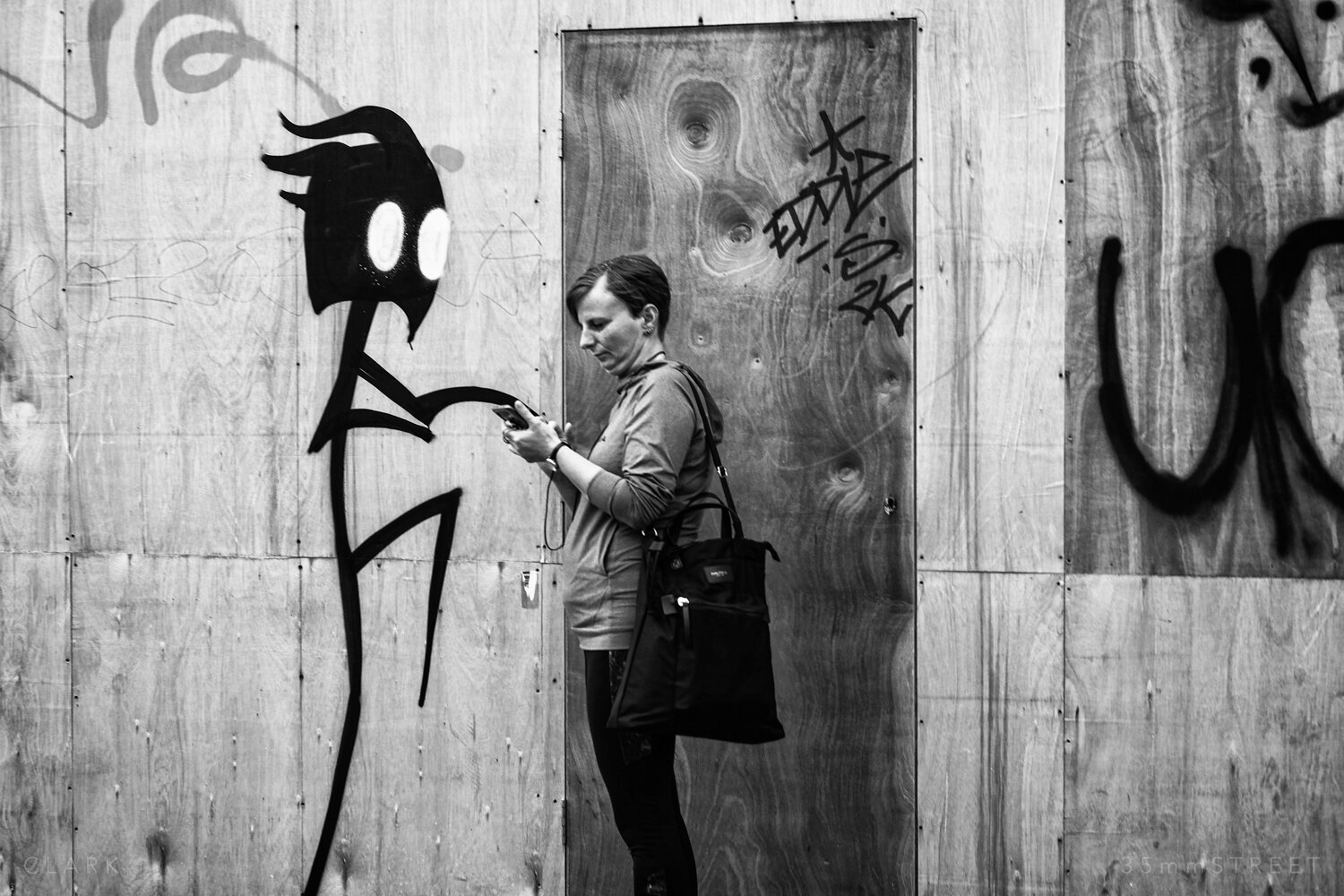The smart Trick of Street Photographers That Nobody is Talking About
Table of ContentsSome Known Factual Statements About Street Photographers Excitement About Street PhotographersFascination About Street PhotographersThe Only Guide for Street PhotographersSome Ideas on Street Photographers You Need To Know
A style of photography that documents everyday life in a public place. The actual publicness of the setup makes it possible for the photographer to take honest images of complete strangers, usually without their expertise. Street photographers do not always have a social function in mind, however they favor to separate and record moments which might otherwise go unnoticed (Street Photographers).He was affected by many of those that influenced the street photographers of the 1950s and '60s, he was not mainly interested in catching the spirit of the street. The impulse to visually document people in public began with 19th-century painters such as Edgar Degas, douard Manet, and Henri de Toulouse-Lautrec, who worked side by side with digital photographers attempting to capture the significance of city life.
Due to the fairly primitive modern technology available to him and the long direct exposure time called for, he struggled to catch the stress of the Paris roads. He try out a collection of photo approaches, trying to find one that would permit him to capture activity without a blur, and he found some success with the calotype, patented in 1841 by William Henry Fox Talbot. In contrast to Atget, digital photographer Charles Marville was employed by the city of Paris to develop an encyclopaedic document of Haussmann's urban planning job as it unravelled, thus old and new Paris. While the professional photographers' topic was essentially the same, the results were significantly different, showing the impact of the professional photographer's bent on the personality of the photos he generated.
Provided the fine high quality of his photographs and the breadth of material, architects and artists typically bought Atget's prints to utilize as recommendation for their own work, though commercial rate of interests were barely his primary inspiration. Rather, he was driven to picture every last residue of the Paris he loved.
The smart Trick of Street Photographers That Nobody is Talking About
They reveal the city with his eyes. His work and fundamental understanding of digital photography as an art kind offered as inspiration to generations of photographers that followed. The following generation of street photographers, though they likely did not describe themselves therefore, was ushered in by the photojournalism of Hungarian-born professional photographer Andr Kertsz.
Unlike his peers, Brassa utilized a larger-format Voigtlnder electronic camera with a longer exposure time, forcing him to be more calculated and thoughtful in his technique than he may have been if making use of a Leica.
Cartier-Bresson was a champ of the Leica video camera and among the very first photographers to maximize its capacities. The Leica permitted the photographer to engage with the surroundings and to catch minutes as they occurred. Its relatively little size also assisted the digital photographer fade into the background, which was Cartier-Bresson's recommended method.
Street Photographers for Dummies
It is as a result of this fundamental understanding of the art of see this here picture taking that he is often credited with discovering the tool throughout once more approximately a century because its creation. He took photos for greater than a half century and affected generations of professional photographers to trust their eye and instinct in the moment.
These are the questions I will try to answer: And afterwards I'll leave you with my very own meaning of road digital photography. Yes, we do. Let's begin with defining what an interpretation is: According to (Street Photographers) it is: "The act of specifying, or of making something guaranteed, unique, or clear"
No, certainly not. The term is both limiting and misguiding. Seems like a street digital photography should be images of a roads right?! And all road digital photographers, with the exception of a handful of absolute novices, will completely value that a road is not the key part to street photography, and actually if it's a photo of a street with possibly a few boring individuals not doing anything of rate of interest, that's not street digital photography that's a picture of a road.
Some Known Incorrect Statements About Street Photographers
He makes a valid point do not you assume? While I try here agree with him I'm not certain "candid public digital photography" will certainly catch on (although I do kind look what i found of like the term "candid photography") due to the fact that "street photography" has been around for a long time, with numerous masters' names affixed to it, so I think the term is below to remain (Street Photographers).
You can shoot at the beach, at an event, in a street, in a park, in a piazza, in a cafe, at a museum or art gallery, in a city station, at an occasion, on a bridge, under a bridge ...
Yes, I'm afraid we scared no choice! Without regulations we can not have a definition, and without a definition we do not have a style, and without a category we do not have anything to define what we do, and so we are stuck in a "rules interpretation category" loophole!
Getting The Street Photographers To Work
